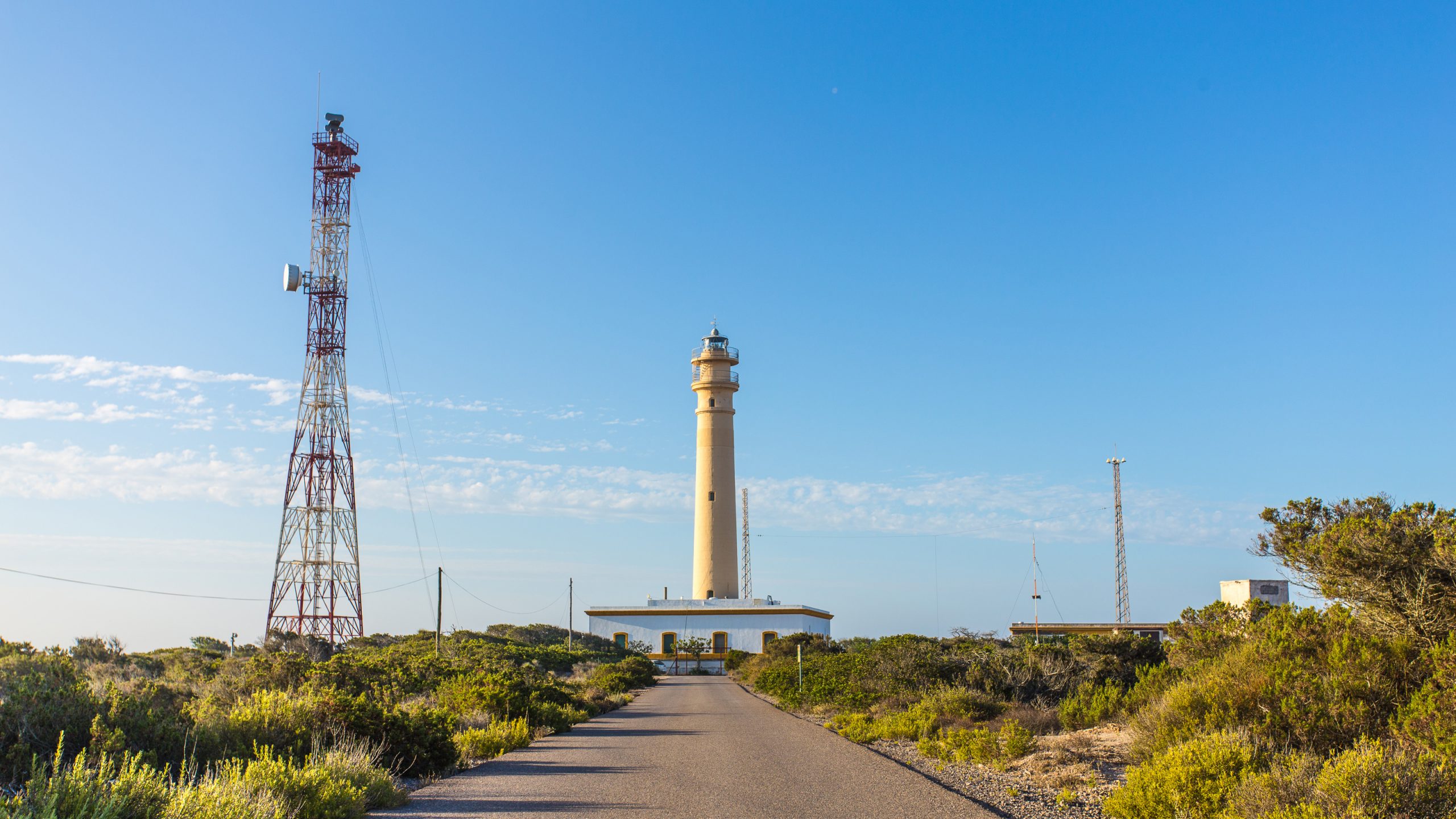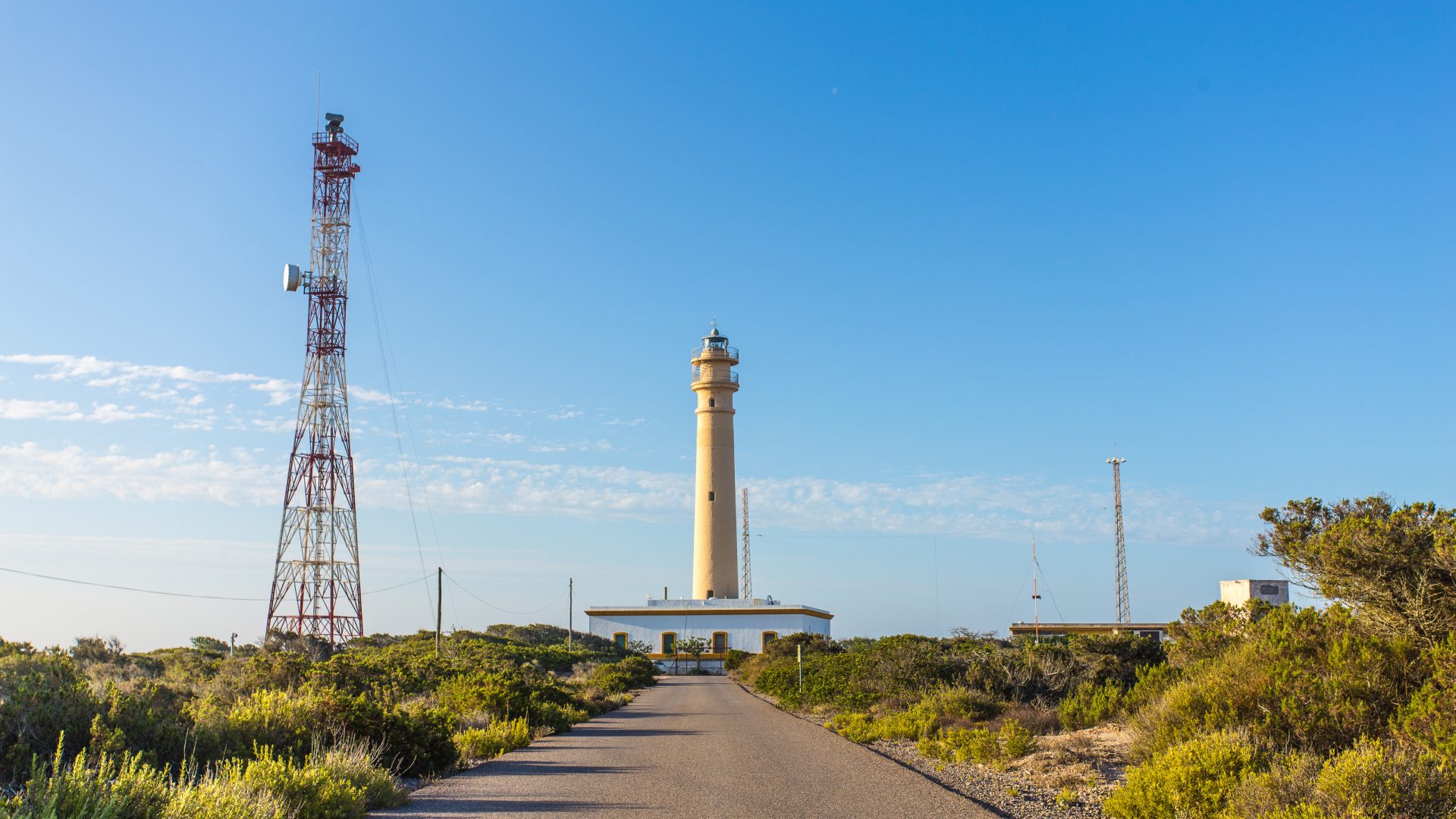
Historical Pathways
El Ejido is known to have at least 5,000 years of history. Iberians, Phoenicians, Punic, Romans have all settled in our lands. The mains archeological testimony of our municipality is the Archaeological Zone of Ciavieja, with an uninterrupted stratigraphic sequence dating from 3,000 BC to the fourth century AD.
We invite you to visit the Beauty Spot and the Natural Reserve of Punta Entinas-Sabinar to learn more about its history of watchtowers repelling pirates; lighthouses that light up the nights guiding the ships; old barracks devoted to fighting against smuggling, and the last vestiges of one of the largest salt industries in Spain.
Even Conan himself walked here, since Punta Entinas-Sabinar was one of the locations of the first film made in 1982.
Murgi in Punta Entinas
Although no important Roman remains have been found in Punta Entinas-Sabinar, we can intuit that the city of Murgi was linked to the coastal area, since it offered ideal waters to anchor.
Punta Entinas-Sabinar is located between two Roman ports, Guardias Viejas and Turaniana, in the town of Roquetas de Mar. At leat two large shell deposits have been unearthed that display that the purple colour that was highly appreciated in Rome have been obtained from its coasts. This dye was extracted from molluscs such as winkles or sea snails.
The Romans extracted salt from Punta Entinas and Guardias Viejas to produce salted fish and garum sauce. It is also known that they hunted the flamingos for their tongue viewed as a delicacy by them.
Salt Traces
The salt industry, in Campo de Dalías, has played a crucial role in the local economy over the years, although its standout production period was focused on the twentieth century. From those bygone days, we have amassed an industrial heritage composed of the elevator motor sheds, the shelf cable, the clam canal, a mill, the worker’s houses and a salt warehouse that you can discover if you travel the nearly 5 km along the Salinas de Cerrillos Pathway.
The salt plains were managed until 1989, when the Site was protected. Interestingly enough, the end of the salt industry initially had a negative effect, since a large area of the water sheet was lost and many poultry species no longer used this place as a feeding area. However, the passage of time and its strategic location have turned its ponds into one of the corners with the greatest biodiversity in the province, due to the large number of species that rest here on their lengthy migratory routes.
In 1963, with the mechanisation of the salt industry, the entry of seawater into the tanks was overhauled by means of the shelf cable. This had two manually powered motors: one removed sand and the other inserted the seawater.
The mute watchmen
The sea enticed the Phoenicians, Carthaginians, Romans, also bringing with them trade, culture and growth. Yet their arrival also spelt danger, meaning a coastal defence line had to be built.
The list of pirates and corsairs who attacked our coasts to steal salt and kidnap neighbours demanding a ransom for their release is long. The most feared of all was Hayreddin Barbarossa, with his brother Oruch and his lieutenants Dragut, Sinan and Drub the devil. In the times when our lands belonged to the Nasrid Kingdom, Sultan Yusuf I fortified the coast, lining it with towers or watchtowers. In 1575, Philip II ordered the construction of new batteries of towers and fortifications and among them were the Castle of Guardias Viejas, the Tower of Balerma, the Tower of Cerrillos and the now disappeared Torre de las Entinas, submerged under the waters.
A watchman in the night
Throughout history there have been numerous shipwrecks on the coasts of Punta Entinas-Sabinar, but it was not until 1863 that the first Sabinal lighthouse was built, which stopped working in 1915 when it was seriously damaged during a fierce storm. Its remains today lie under the waters of the sea.
The current lighthouse was built in 1926 taking advantage of the remains of the former lighthouse, a little further inland, so as not to suffer the sea’s fury once more.
If there is a family linked to the Sabinal lighthouse, that is the Gandolfo family. For more than 81 years, a member of this family faithfully manned the lighthouse.


